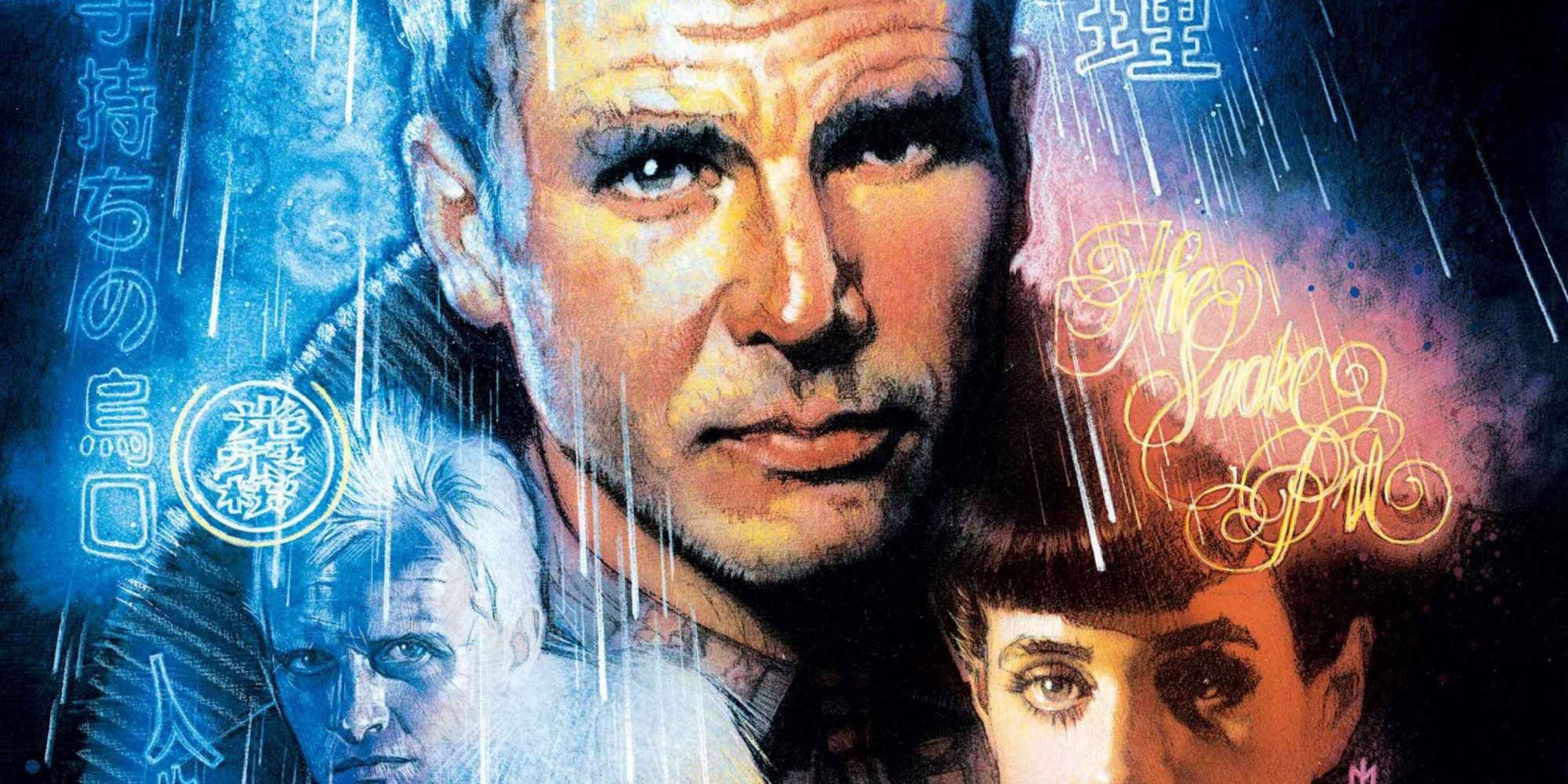
When Blade Runner opened in theatres back in 1982, it received mixed reviews. Critics weren’t all convinced by Ridley Scott’s complex and slow-paced sci-fi noir.
A little over three decades later, it has become one of the most important cult sci-fi classics of the last century. Exploring themes of morality and humanity, Blade Runner stretched the boundaries of the basic sci-fi norms and explored more avant-garde territory.
In the film based loosely on Philip K. Dick’s novel Do Androids Dream of Electric Sheep?, Harrison Ford is Rick Deckard, a Blade Runner charged with the task of hunting down and “retiring” a group of replicants (androids) who have escaped the off-world colonies and illegally returned to Earth.
It was recently announced that there will be a sequel slated for release in October next year, with director Denis Villeneuve (Sicario) at the helm. As fans brace themselves, let’s stay positive and get into the 15 things we want to see from the planned Blade Runner sequel.
15. Give Us More Insight Into The Replicants
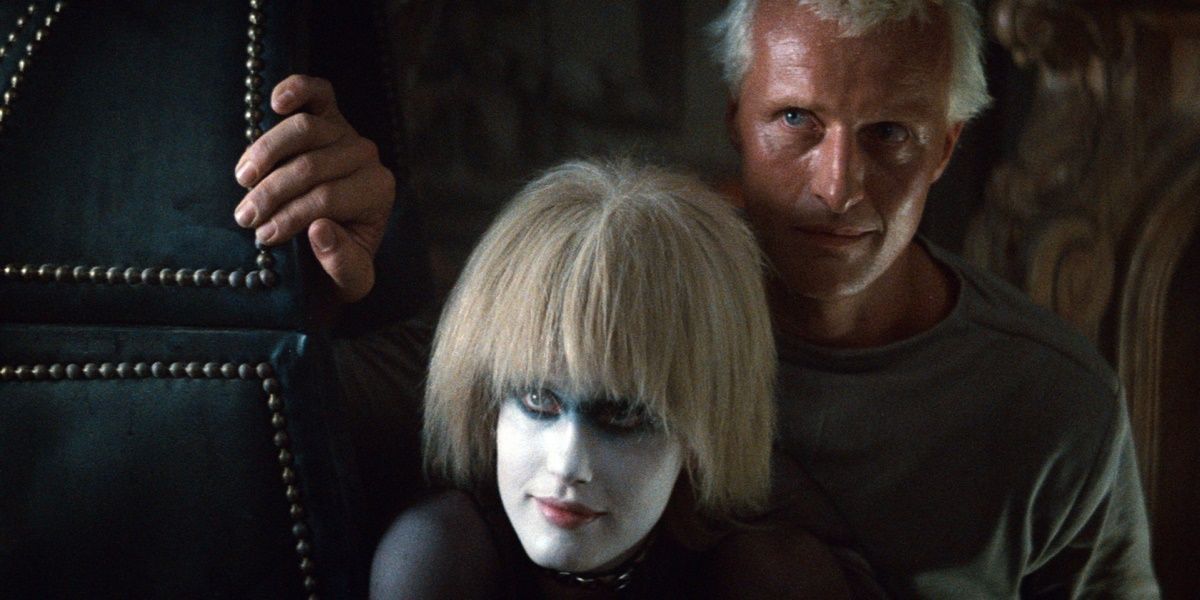
In Blade Runner, we see two versions of replicants – the fugitives Deckard is tasked with hunting down, which comprise of Roy Batty (Rutger Hauer), Leon Kowalski (Brion James), Pris (Daryl Hannah), and Zhora Salome (Joanna Cassidy).
Each replicants here has a different physical and mental class or ability. Pris is said to be a “basic pleasure model” whilst Leon’s model is one of superhuman strength.
When Deckard’s investigation takes him to the Tyrell Corporation, we meet Rachael (Sean Young) who is harder to detect as a replicant with the Blade Runner’s Voight-Kampff machine.
In the sequel, let’s hope to see more advanced replicants, ones that explore their humanity a little deeper. After all, Roy spared Decker’s life at the very end of the Blade Runner just before his iconic “tears in the rain” monologue.
Perhaps there is a divide between the replicants in the off-world colonies versus the ones that are more advanced and live amongst humans, like Rachael. In the 35 years since the film’s original events, there could have been an uprising or civil war – there is so much we don’t yet know that can be exploited in the new film.
14. Show Us The Off-World Colonies
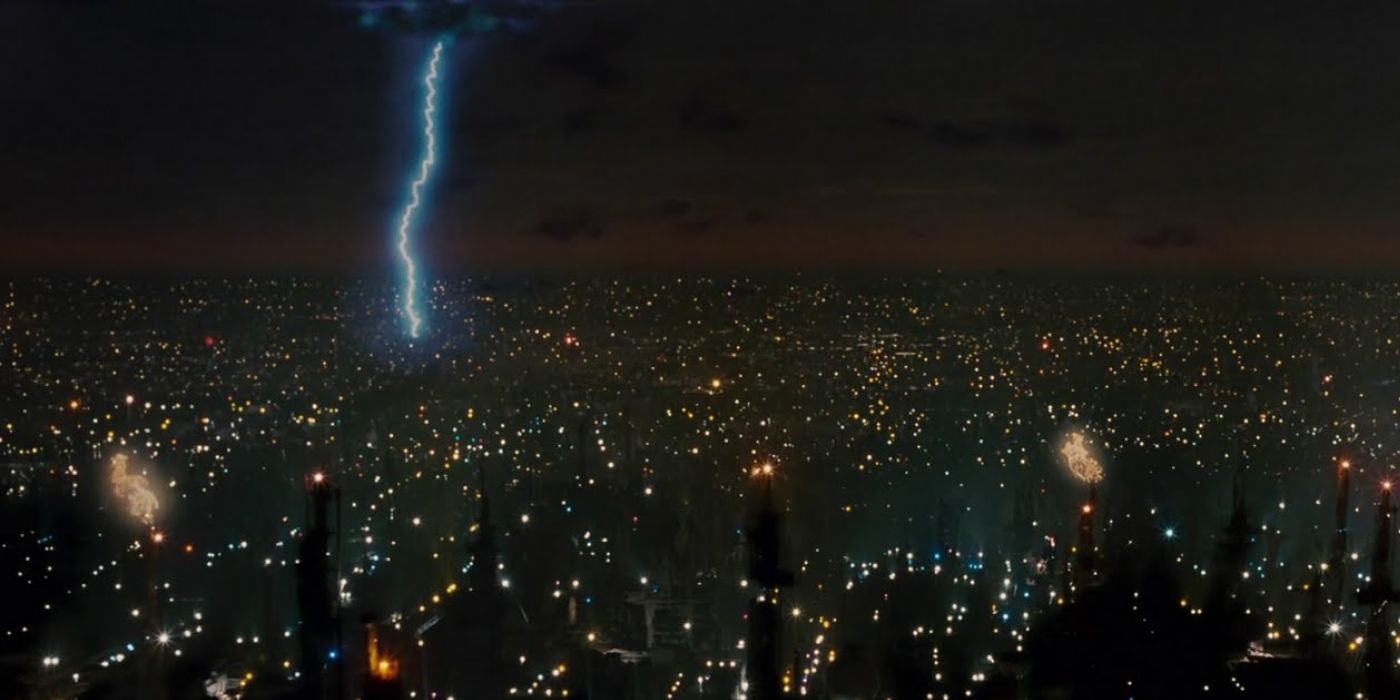
The only places the replicants are allowed to inhabit are the off-world colonies mentioned in Blade Runner. They are banned from Earth and if they return, they are hunted down and killed.
Aside from a few mentions, the only other time we get a glimpse into what it may feel like to live and work on one of the off-world colonies is via Roy’s “tears in the rain” monologue (which some refer to as the “C-beams speech”) at the end of the film.
In his dying moments, Batty remarks: “I’ve seen things you people wouldn’t believe. Attack ships on fire off the shoulder of Orion. I watched C-beams glitter in the dark near the Tannhäuser Gate.“
Rutger Hauer famously improvised these lines on the eve of filming and, although these weren’t originally scripted pieces of dialogue, the image he conveys of his time in space is captivating. It’s not known what the Tannhäuser Gate is but some fans have speculated that it could be a warp or space station of some kind.
13. Keep It Philosophical
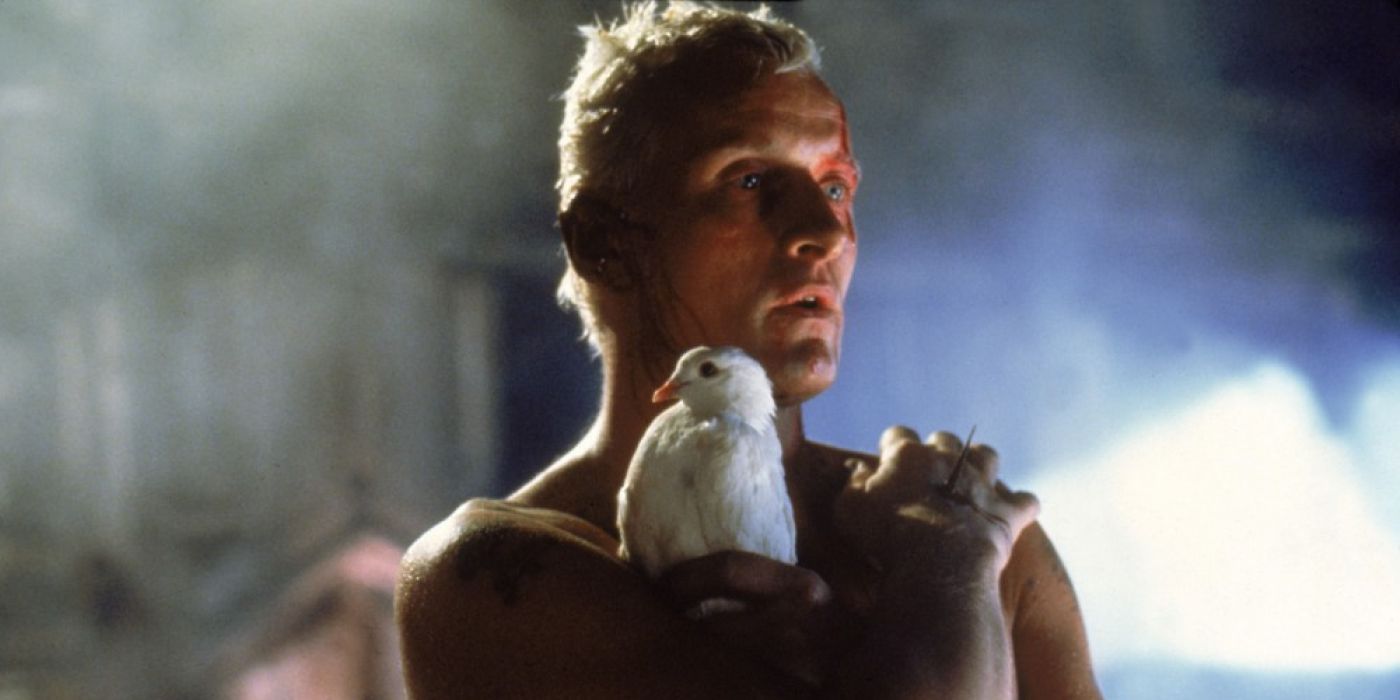
Memory, identity, and humanity are explored in Blade Runner through Rachael’s implanted childhood memories and Decker’s unicorn dream sequence in The Director’s Cut (1992).
Replicants are supposedly doomed to fail the Voight-Kompff test, which tests for empathy, amongst other things. However, it is, in fact, the humans in Blade Runner who are cold and emotionless and the group of fugitive replicants show who genuine concern and care for one another.
In the film’s final sequences, we see Roy display a range of emotion, from sadness to remorse, when he finds Pris’ body, which then turn to vengeance and finally mercy as he saves Deckard’s life.
Computer pioneer Alan Turing’s posited that if a machine’s displayed “emotions” were indistinguishable from a person’s then the machine and person were essentially the same. However, Jean Paul Sartre disagreed – “existence precedes essence” – if a human being were to make an android then that human would create the android’s essence. Humans can create their own essence and are therefore superior to machines that are given theirs. These various philosophical themes are what makes Blade Runner stand apart from other generic films of the genre.
12. Stick To One Final Cut
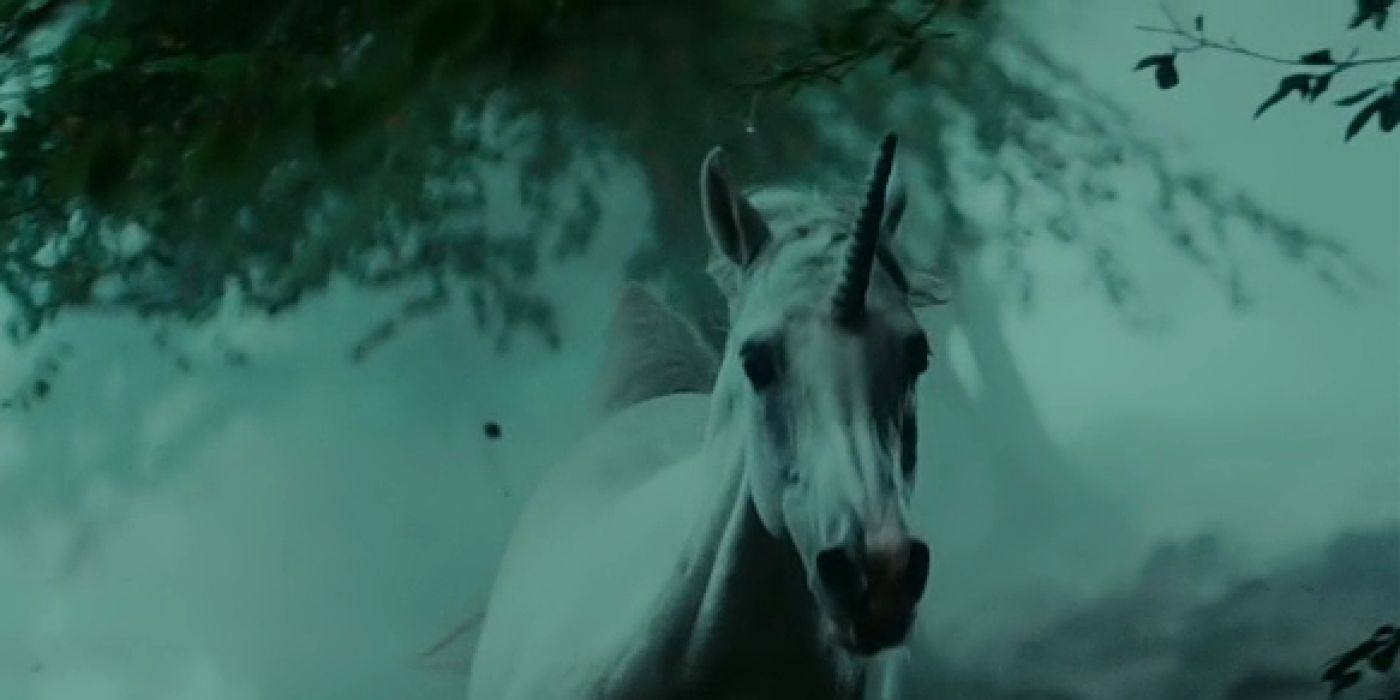
Officially, there are seven versions of Blade Runner. Five of these include the Workprint Cut (1982, 113 minutes), the Theatrical Cut (1982, 116 minutes), the International Cut (1982, 117 minutes), the Director’s Cut (1992, 116 minutes) and the Final Cut (2007, 117 minutes). These five versions are the most well known of the seven and each was included in both the 2007 5-disc Ultimate Collector’s Edition and the 2012 30th Anniversary Collector’s Edition.
It’s clear that Ridley Scott wasn’t entirely happy with the early versions that were released for public consumption. In 1982 the Theatrical Cut featured a “happy ending” (Deckard and Rachael in a car escaping the city) and Harrison Ford’s (terrible) narration.
Scott has since disowned the Workprint version of the film and supposedly the Director’s Cut is “Ridley approved” (although he still doesn’t seem quite entirely happy with it!), this cut includes: the removal of Deckard’s voiceovers, the insertion of the unicorn dream sequence, and the removal of the “happy ending”.
Hopefully there will be less meddling from the studio for the sequel and we’ll get to see one cut of the film as director Denis Villeneuve intends it to be showcased to the audience.
11. Is Rick Deckard Human?
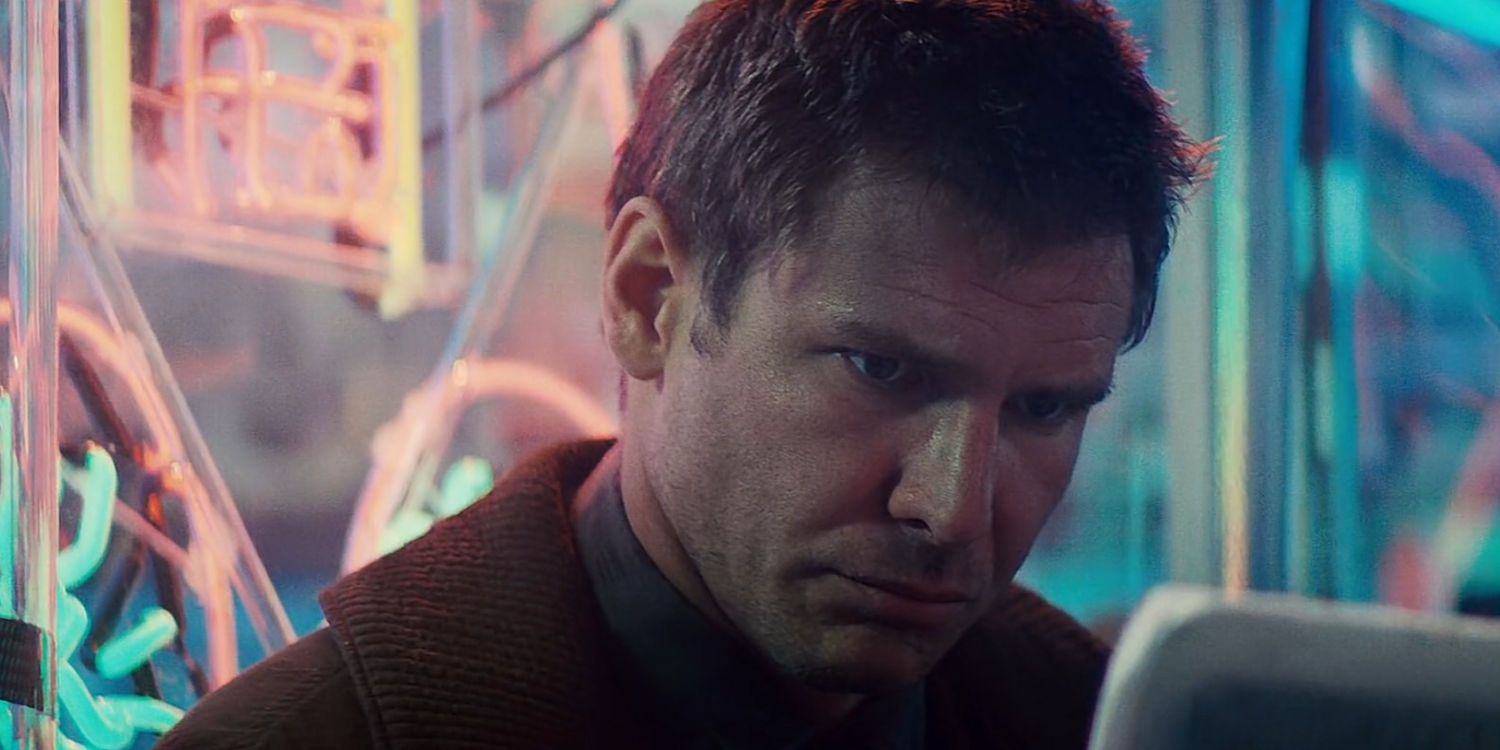
When the movie hit theatres, Deckard’s humanity wasn’t in question thanks to the “happy ending” that audiences were privy to when the film was shown back in ’82. However, later cuts inserted the unicorn dream sequence and omitted the “happy” escape, leading viewers to question Deckard’s origins.
Deckard’s unicorn dream sequence is said to be an implanted memory. Gaff (Edward James Olmos) leaving an origami unicorn outside Deckard’s apartment reveals that Deckard is a replicant, hinting that the dream is an implanted memory and Gaff knows this. Even director Ridley Scott has come out and said that Deckard is a replicant. But having Harrison Ford in the 2017 sequel is surely contradictory to the fact that replicants live a short life span. Or is it?
When rumors first began to circulate about a possible sequel, Scott commented on the possible casting of Harrison Ford saying: “Is he too old? Well, he was a Nexus-6 so we don’t know how long he can live.”
It’s fairly clear that he’s a replicant but the sequel should undoubtedly touch upon this point when the film opens next year.
10. Keep It Stylish But Original
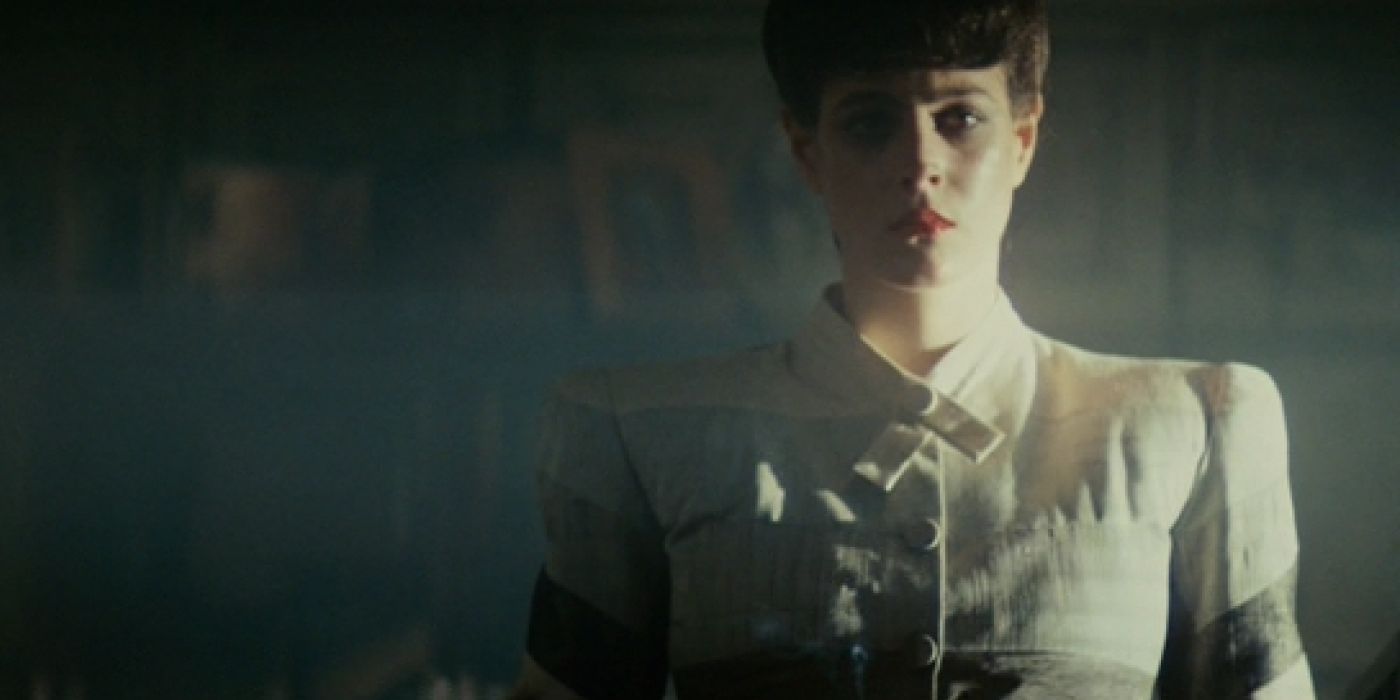
Blade Runner has been widely praised for its iconic set design and style. Scott was heavily influenced by French comic magazine Metal Hurlant (Heavy Metal) and Edward Hopper’s famous painting Nighthawks.
The costume design also reflected the film noir elements of Scott’s vision, especially via Rachael, whose look harkened back to classic screen sirens of the ’30s and ’40s. As stylized as it is, there’s still a believable, wearable feel to the outfits, with no cheesy futuristic jumpsuits nor a lick of tacky silver in sight.
In 1982, the film won several awards including a Los Angeles Film Critics Award for Best Cinematography and three British Academy Film Awards for Best Cinematography, Best Costume Design, and Best Production Design.
It wouldn’t make sense to pay homage to the style of the original, especially as this is set some twenty years after the events of the original, but some elements of the technology, for example (Syd Mead’s Spinners, the cop cars seen in Blade Runner, and the Voight-Kampff machine) should still feature.
9. Don’t Make It Too CGI Heavy
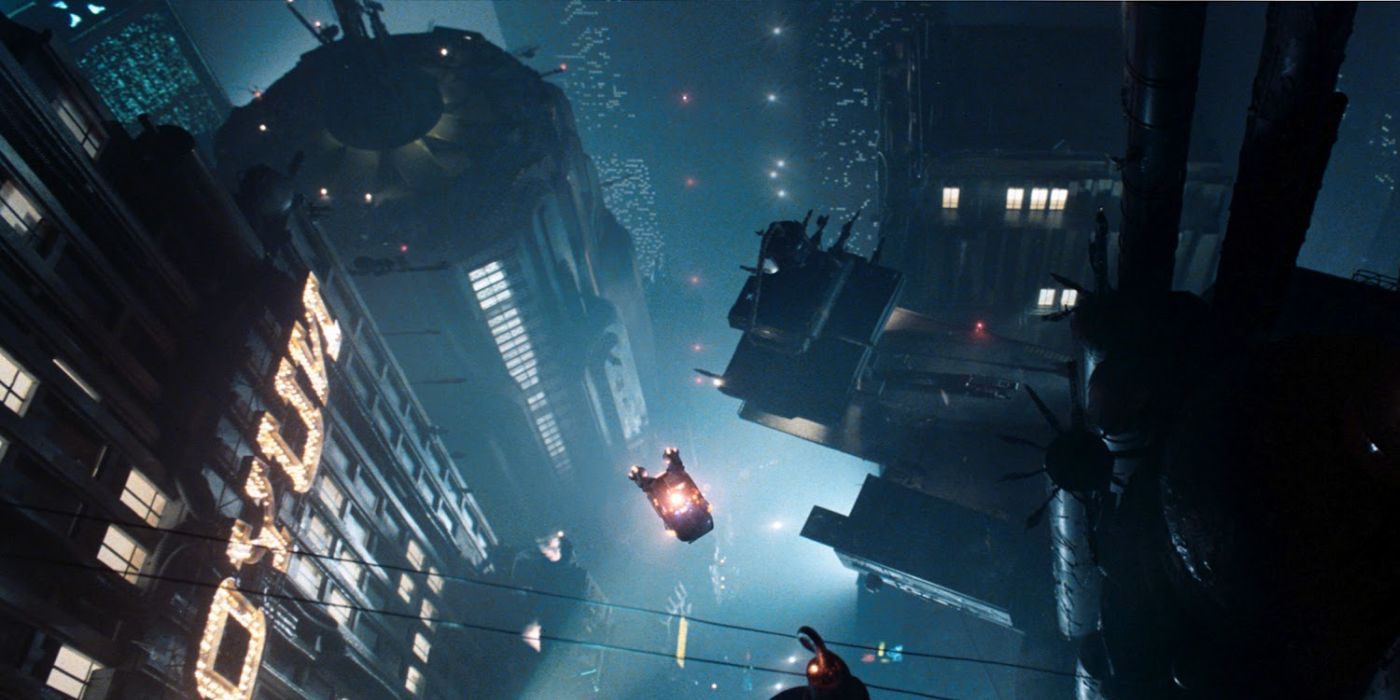
Another aspect that makes Blade Runner stand apart from other sci-fi films of the ’80s (and beyond!) is the fact that Scott used the best non-digital technology of the time, matte paintings and models and techniques like multi-pass exposures.
Special effects are used in every big blockbuster movie these days, but it’s the way in which these effects are used that makes them worthy or not. We’re looking at you, Zack Snyder. Yes, King of the explode-fest, director Zack Snyder is pretty much famed for his gratuitous use of CGI. What happened to the art of filmmaking?
If the Blade Runner sequel ends up looking like a massive, ridiculous computer game, it will be sorely disappointing. However, Villeneuve’s style doesn’t seem to swerve into that sort of bloated-useless-CGI territory so let’s have faith that he’ll take heed from the original and perhaps pay homage to the non-digital techniques used as well.
8. Don’t Make This About Blade Runners Versus Replicants
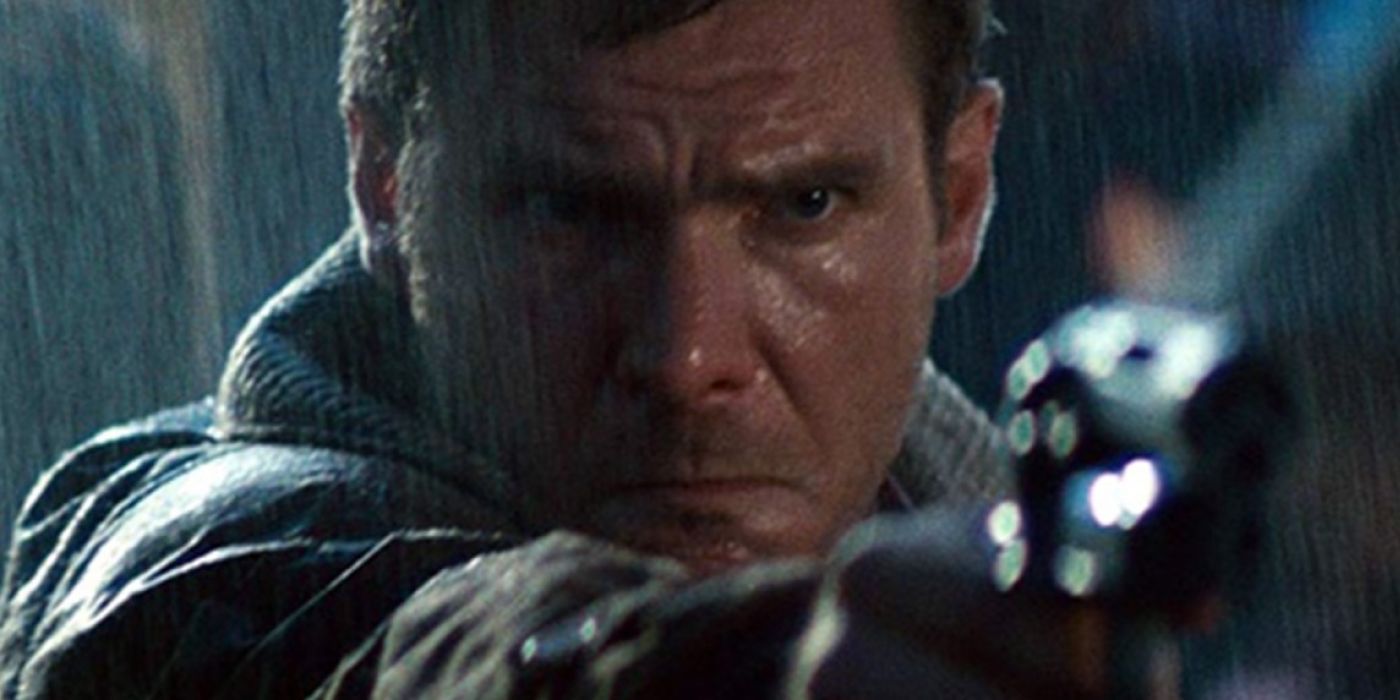
To the layman, the 1982 film was about a Blade Runner trying to nab a group of fugitive replicants who were outlawed from Earth. However, scrape beneath the surface and the film was so much more than this.
There have been university papers written on Blade Runner, books and theses about the philosophy (or philosophies!) that run through the film. The sequel should be so much more than just another Blade Runner versus replicants story. Twenty years later, perhaps laws have changed, but morals have not. The human condition remains the same– we fear the unknown and the replicants are the unknown. They aren’t technically human, so how is society coping twenty years on?
When sci-fi taps into present day social themes, the result can be captivating and powerful. Neill Blomkamp’s District 9 (2009) is a good example of a modern-day film that fits this category. It’s more than an alien invasion film; it turns the idea of alien invaders on its head. They are refugees and are treated as such – with disdain, as second class citizens.
7. Acknowledge The Events Of The Original
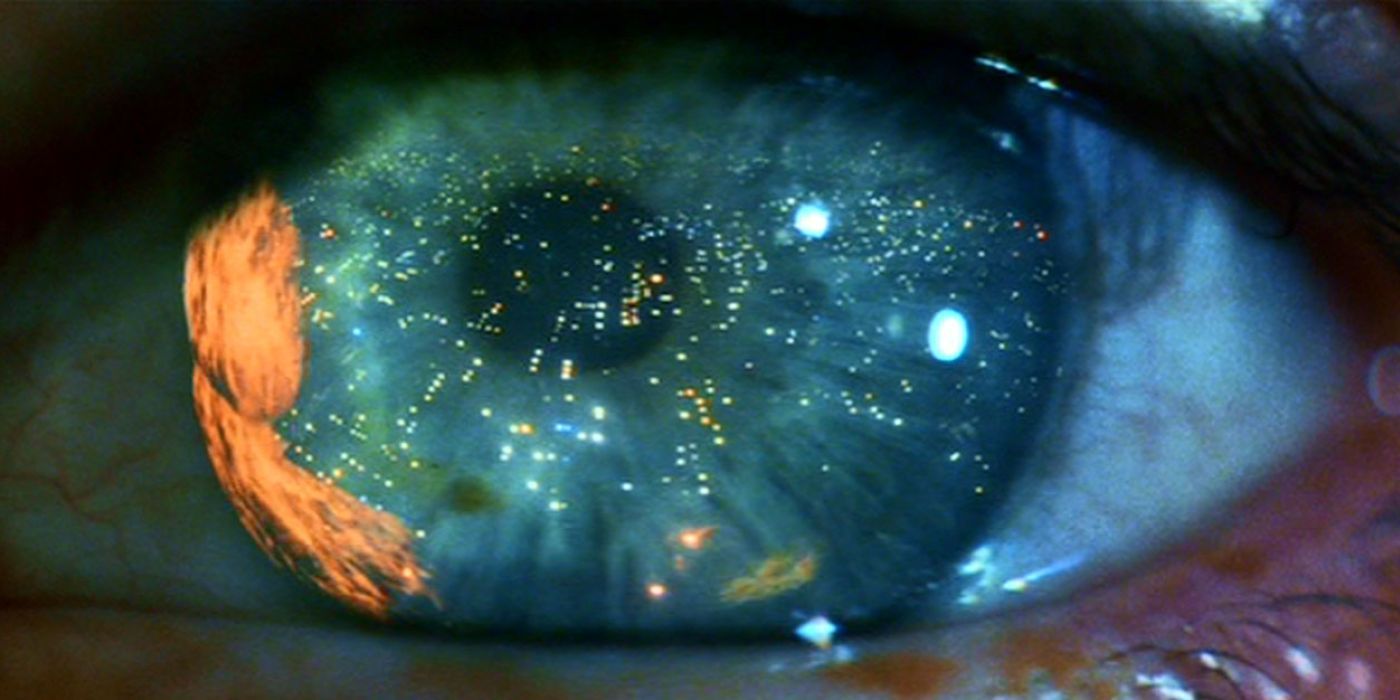
In an interview with Entertainment Weekly, Villeneuve revealed some details about the sequel, noting it will be set in Los Angeles again, but taking place two decades after the original. In Blade Runner, we barely see the sun (apart from when Deckard is interrogating Rachael at the Tyrell Corporation’s headquarters). The city is busy, smokey, built-up, oppressive, and over-populated.
The off-world colonies mentioned are hinted as a place that mankind is exploring next. We can surmise this is possibly because the Earth is becoming more over-crowded and inhospitable. Villeneuve shed more light on his sequel mentioning that “the climate has gone berserk — the ocean, the rain, the snow is all toxic”.
It feels like some elements of Blade Runner‘s world, and hopefully the events, of the original will be acknowledged. It would make sense that, two decades later, the Earth has become a toxic place to live. Perhaps Deckard being revealed as a replicant but working as a Blade Runner could work into some of the history of the sequel’s landscape too.
6. Tell Us More About The Tyrell Corporation
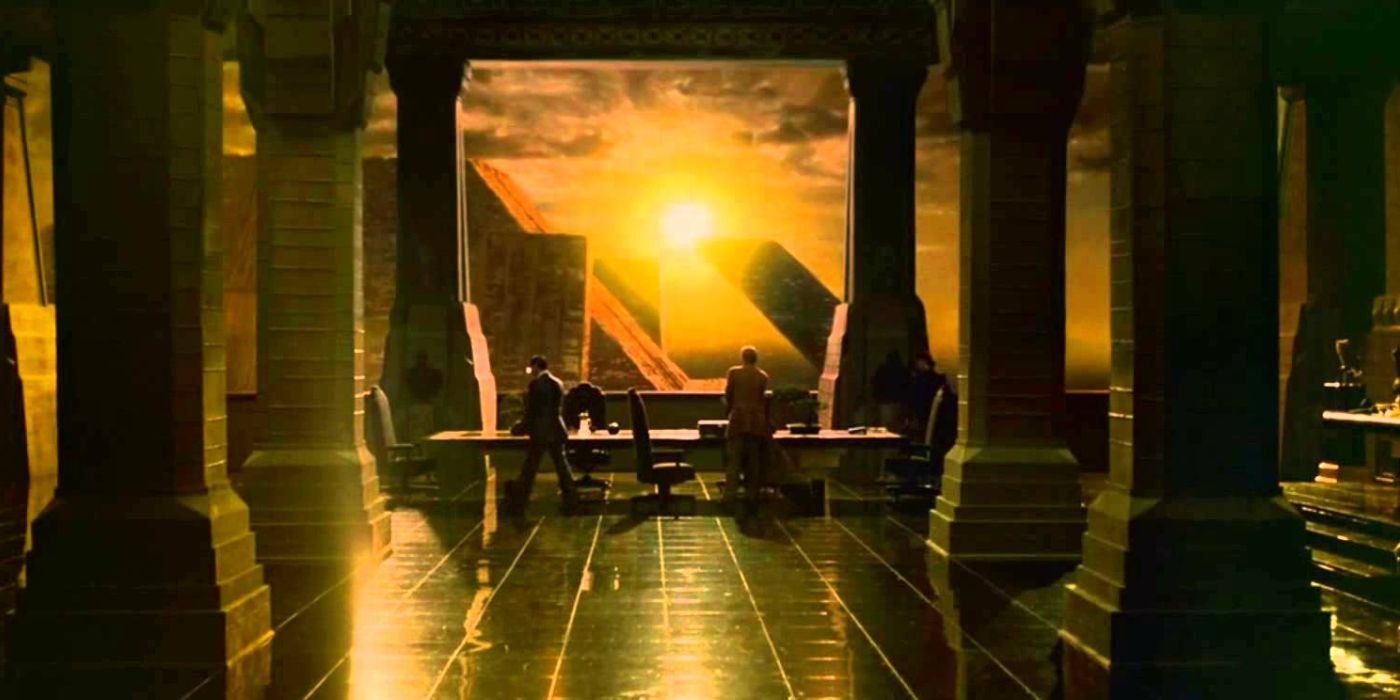
All we know about The Tyrell Corporation is that it’s the powerful company behind the creation of the replicants, their motto being “more human than human”.
The corporation’s headquarters are based on the outskirts of LA in two massive pyramid-like buildings. We only get a few glimpses of the interior of the building, when Deckard first meets Rachael and again when Roy pays his maker, Tyrell Corporation founder Dr. Eldon Tyrell, a visit. The interiors are opulent and opposing and we get a sense of the enormous wealth and power of the company.
Tyrell refers to the replicants as his “children”, implying his God-like status as their creator. He’s as cold and all encompassing as the company itself, but we don’t know much more about The Tyrell Corporation outside these moments. If we do get to see the off-world colonies, the company should play a bigger part in the plot.
5. Inspire A New Blade Runner Game
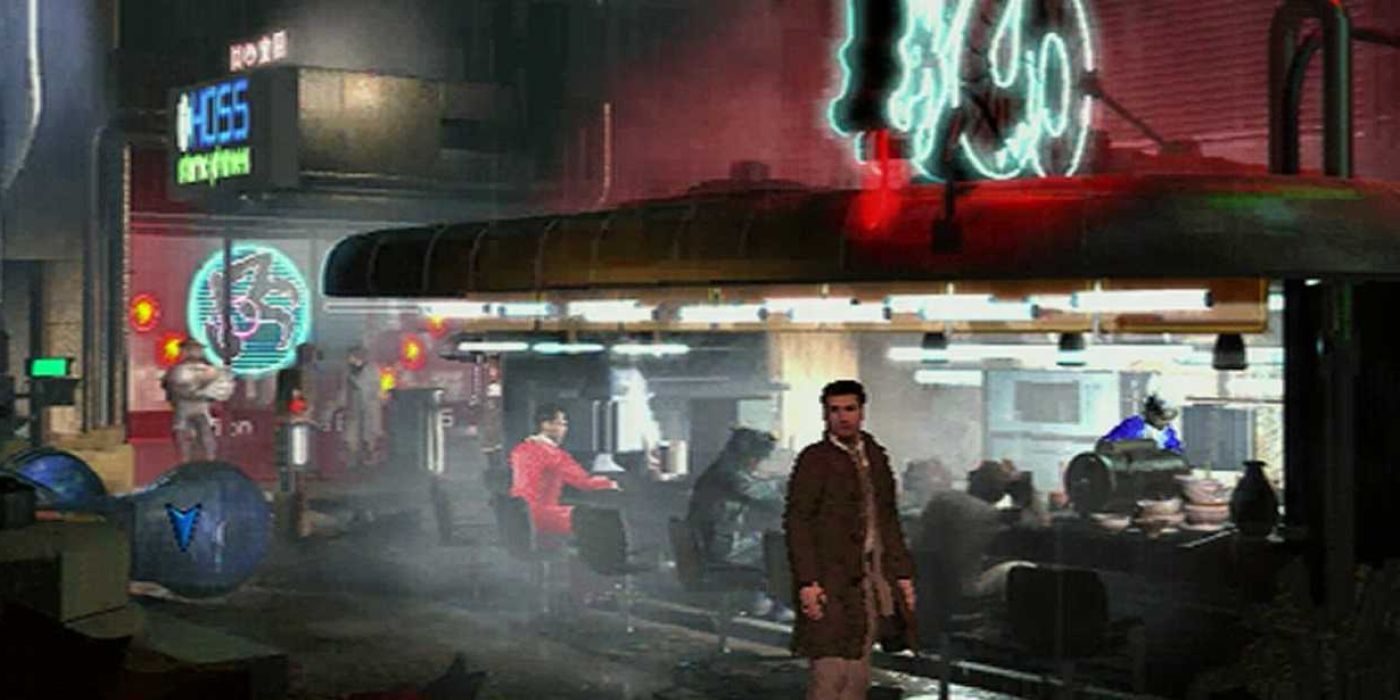
In 1997, a Blade Runner game was released by Westwood Studios. The game was surprisingly awesome, featuring multiple endings via a point-and-click system of multiple choices.
The game was more of a homage to the original film and ran alongside the film’s main events, set in the same city and the same world. The game’s main character, Ray McCoy, is as a Blade Runner charged with investigating a group of replicants suspected for murdering animals (a crime as heinous as murdering humans because most species of animals are extinct).
1997’s Blade Runner introduced many new characters but some of the film’s original cast returned to appear in the game – Rachael (Sean Young), Brion James (Leon), Hannibal Chew (James Hong), Eldon Tyrell (Joe Turkel), and J. F. Sebastian (William Sanderson). The original Blade Runner Deckard did not appear, although he is mentioned in game.
If a video game developer like Quantic Dream developed a brand new Blade Runner game based on the sequel, this would be a dream come true. The Paris-based company is responsible for interactive games like Heavy Rain (2010) and Beyond: Two Souls (2013).
4. An Iconic Soundtrack Is A Must
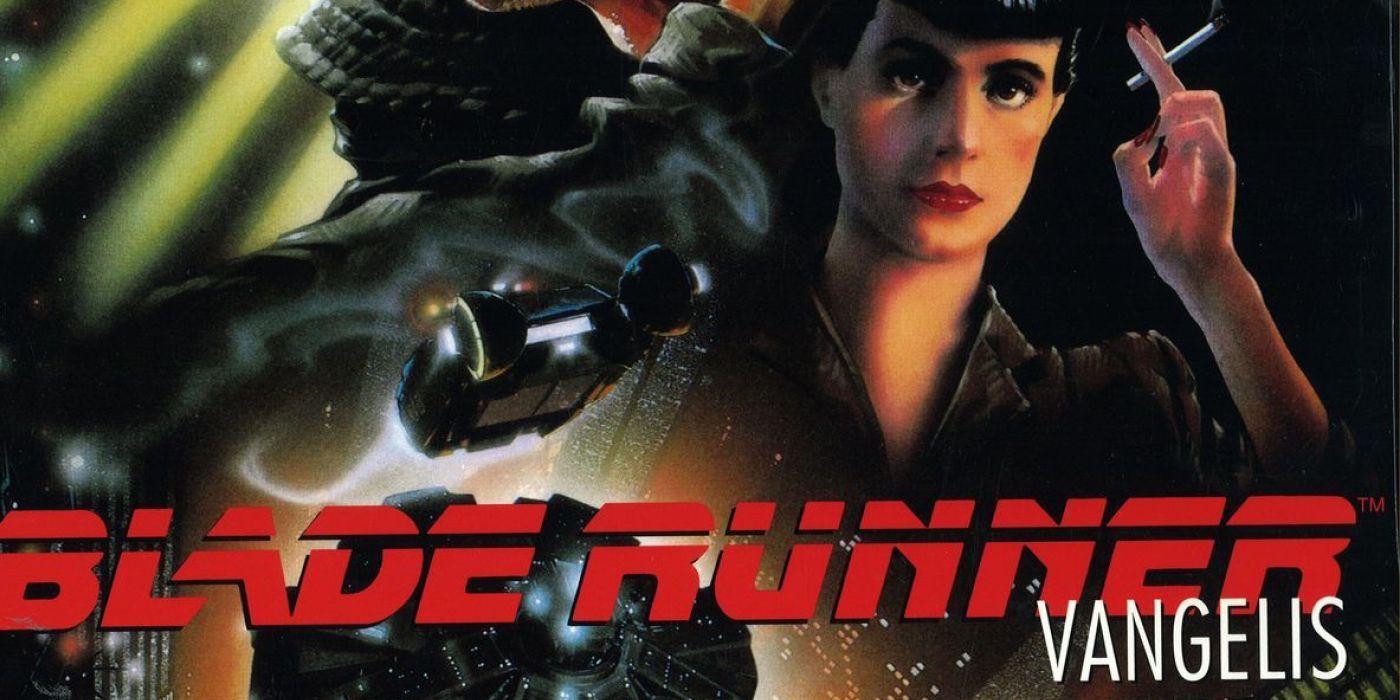
Vangelis composed the original soundtrack for the film in 1982, collaborating with Ridley Scott. His soundtrack has become as synonymous with the world of Blade Runner as the set design, costume design, story, and characters.
Icelandic composer Jóhann Jóhannsson has already been selected as the man in charge with writing the soundtrack for the sequel. He’s worked with Villeneuve before on Sicario (2015) and forthcoming sci-fi Arrival (2016). Jóhannsson has already noted that writing the soundtrack for the Blade Runner sequel will be “an enormous challenge of mythical proportion.”
Before Blade Runner fans start groaning with curmudgeonly cynicism, go listen to Jóhannsson’s work. The Sicario soundtrack is actually pretty damned good (“The Beast” is an absolute, er… beast of a track). He perfectly captured the film’s thrills and impending sense of doom. Whether the Blader Runner soundtrack will go down in history as iconic remains to be seen, but we’ve every faith it will reflect the flavor of Villeneuve’s sequel.
3. Don’t Make It All About Deckard
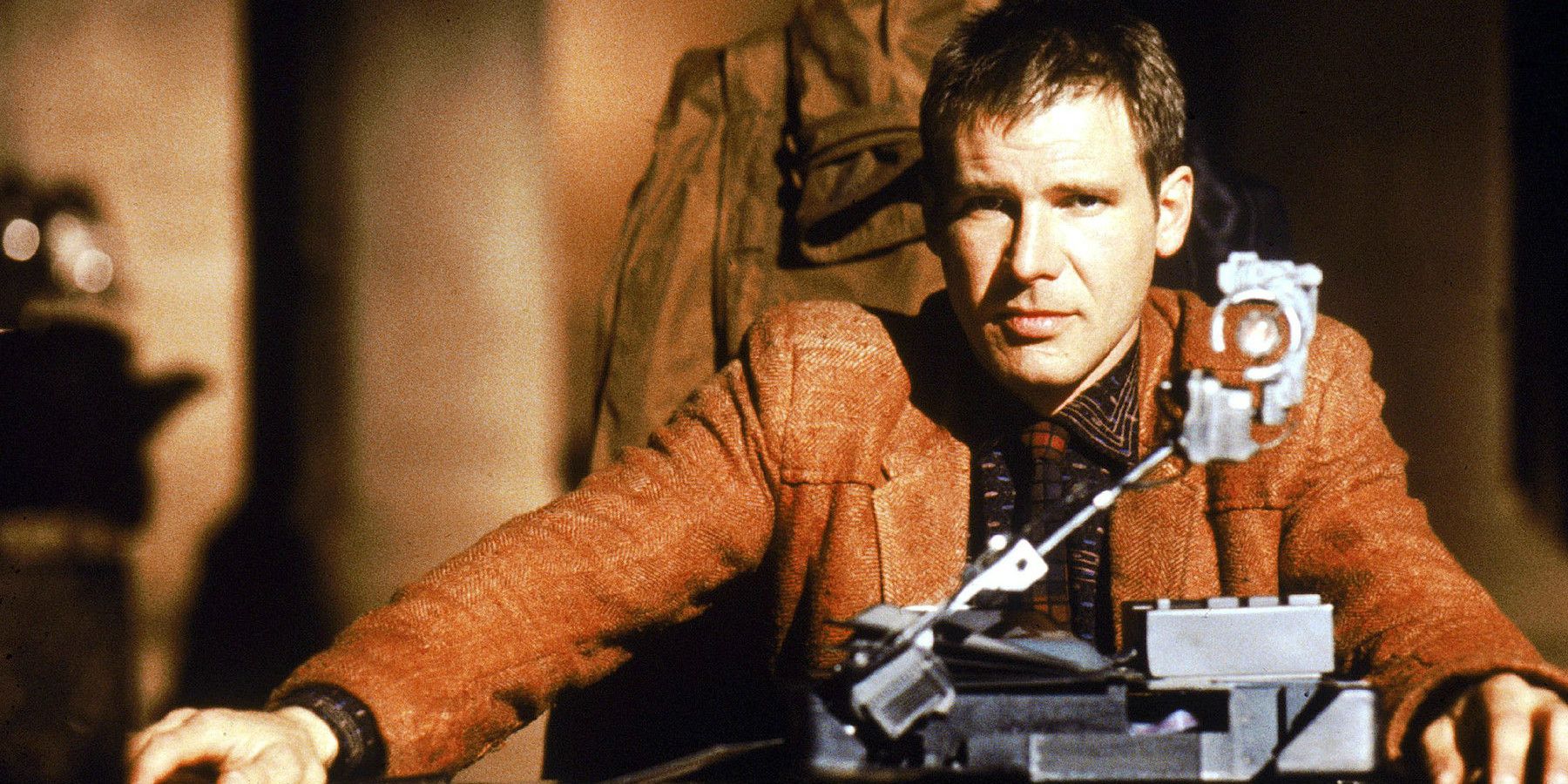
Earlier, it was mentioned that the sequel should acknowledge the original events of the first film but let’s be clear… don’t just make this all about Deckard!
Although Harrison Ford will return in the sequel next year, he will only feature in the film’s third act. This is actually good news, suggesting that (thankfully) Villeneuve plans to create a fresh story around the vibe of Blade Runner instead of relying heavily on the characters from the original. After all, the story and the cast should be strong enough to carry the film.
Appearing in the third act is intriguing as perhaps there is a reveal or his appearance becomes central to something larger i.e. are they investigating rogue replicants? Is Deckard one of these replicants? Is he a replicant with a longer lifespan that went into hiding because replicants were outlawed on Earth? Perhaps he’s the poster boy for replicants who are truly “more human than human”. Intriguing…
2. Let The Cast Develop Their Characters
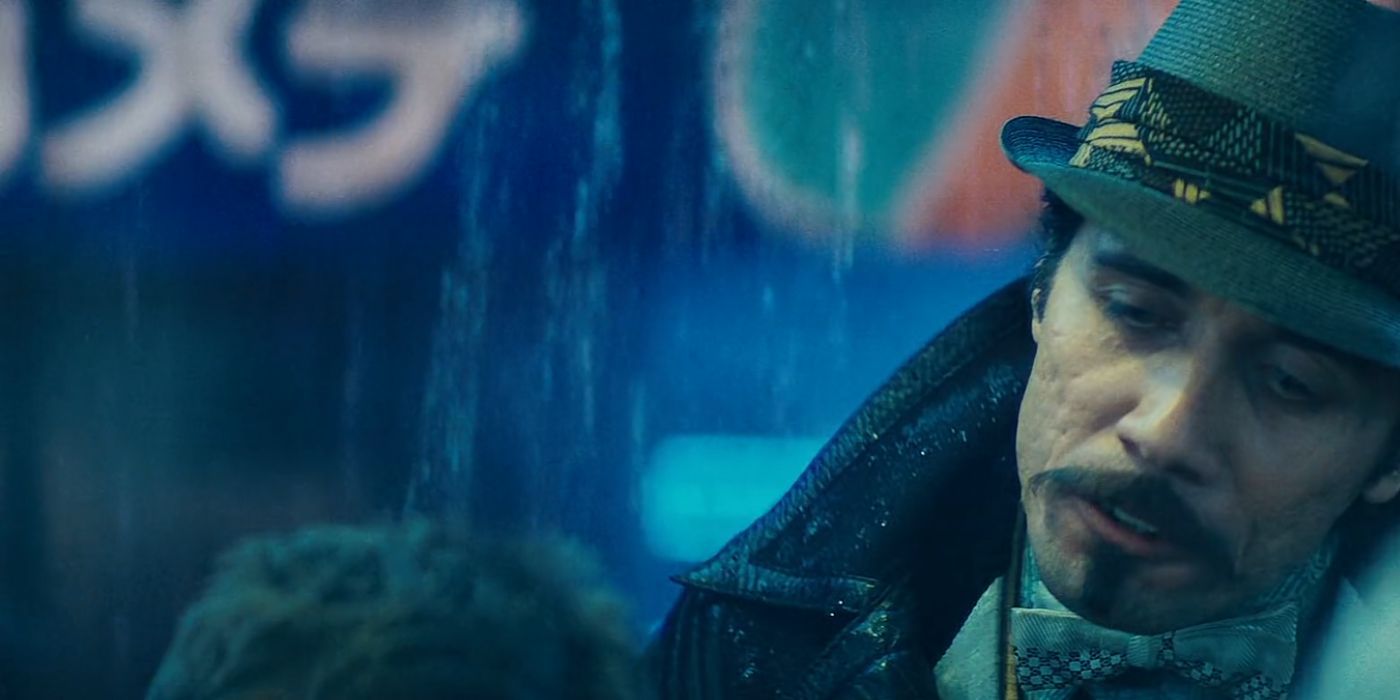
The best performances of all time come together when the cast truly commit to their roles, and none were more committed than the cast of the original Blade Runner.
Edward James Olmos created a whole new language for his character Gaff – “cityspeak“. This was the language spoken by the locals in the film, a mish-mash of Japanese, Spanish, German, Hungarian, Chinese, and French.
Meanwhile, Daryl Hannah devised the iconic look of Pris when auditioning and it stuck. And, as mentioned earlier, Rutger Hauer improvised the lines that made up his iconic “tears in the rain” monologue.
These may seem like small details when isolated, but together they made up some of the essential elements of the characters and the world. If Villeneuve gives his cast the freedom to make choices about their characters and the actors put some of their own creativity into the roles, not only will the sequel veer away from looking like it’s a Blade Runner copycat, but it will feel authentic as well.
1. Make The Cast Diverse
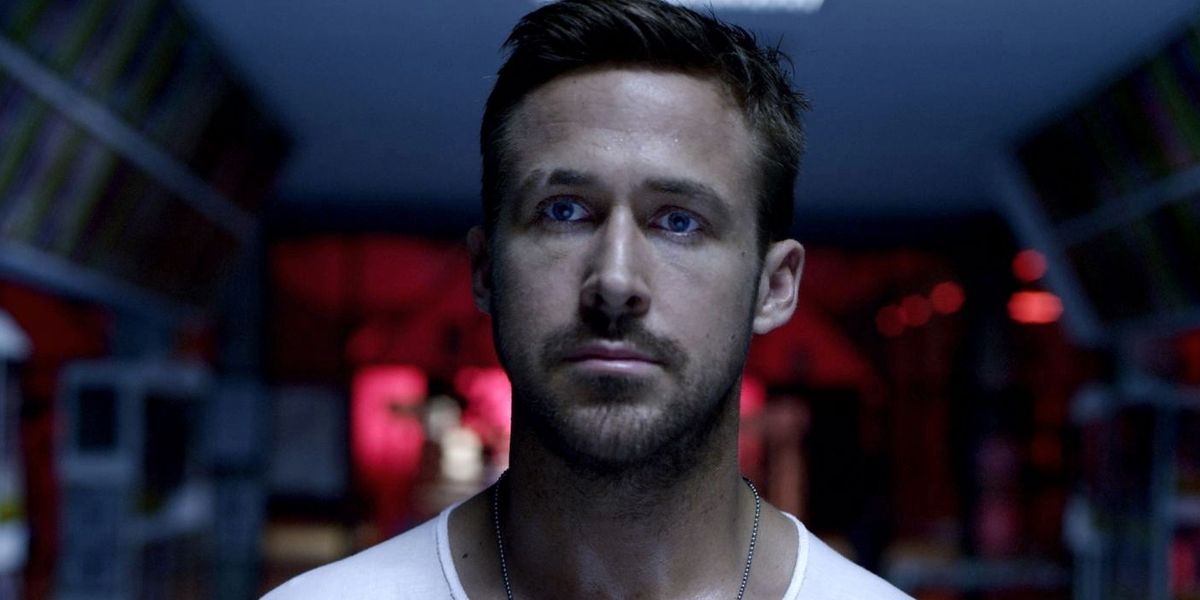
Ryan Gosling was one of the first cast members to be confirmed alongside the returning Harrison Ford. Since then Robin Wright (House of Cards), Jared Leto (Suicide Squad), and Barkhad Abdi (Captain Phillips) have been announced.
One thing that sticks out about the original film is that the world in which Blade Runner is set is quite diverse. There’s a blend of different cultures throughout the city that have an influence on the look and feel of the film (case in point, Gaff’s use of “cityspeak“), although Blade Runner’s main players were all white.
There was much controversy when films like Ghost In The Shell were accused of whitewashing (Scarlett Johansson plays a character called The Major, based on Major Motoko Kusanagi) – white actors portraying characters original of a different race.
Although whitewashing is not the issue here, it would be good to make the cast more diverse than the original. Let’s hope we see some diversity in the casting choices. After all, if replicants are meant to be made in the image of human beings, they should come in all shapes, colours and sizes.




